Leptospirosis In Dogs: How It Can Kill Your Dog
In Australia, Leptospirosis in dogs is a relatively uncommon disease caused by the Leptospira serovars Copenhageni and Australis.
However, it is becoming far more prevalent, especially in areas where there are many rats and stagnant waterways.
We also must remember that leptospirosis is a zoonotic disease, meaning that it can be passed on to humans causing severe illness.
Thankfully for all of us, it’s a disease that can be prevented, or at least, the effects lessened by vaccination and practising some careful husbandry around our homes and when out and about.
Read on to learn how you can protect both your dog and yourself from this nasty disease.
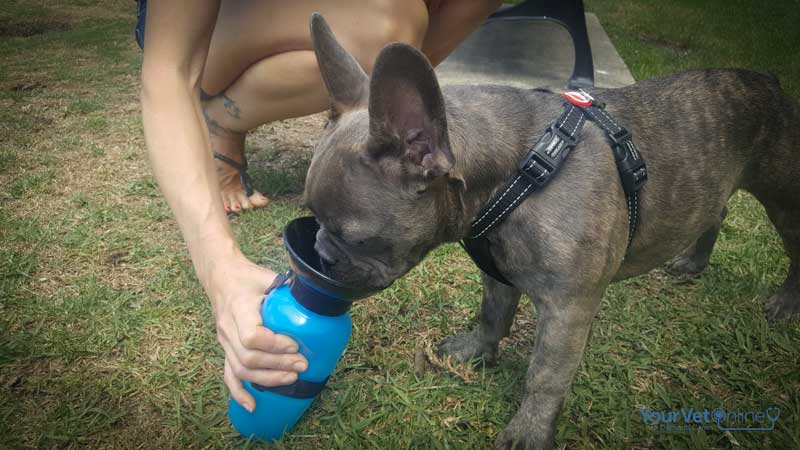
What Is Leptospirosis?
Leptospirosis is a serious infectious disease that not only can cause disease in our dogs but can also cause disease in humans and many other mammals.
We call diseases that can affect humans a zoonotic disease, and leptospirosis is an important emerging disease that we are seeing a lot more of.
It is caused by bacterial serovars of Leptospira interrogans, a member of the spirochaete family.
In dogs, we can see mild to fatal disease, but because of the difficulty in diagnosis, it’s possible that the diagnosis of many mild cases may have been missed.
Scaringly, for those dogs that went undiagnosed, it is possible that they were asymptomatic but still be a source of infection for humans and other animals.
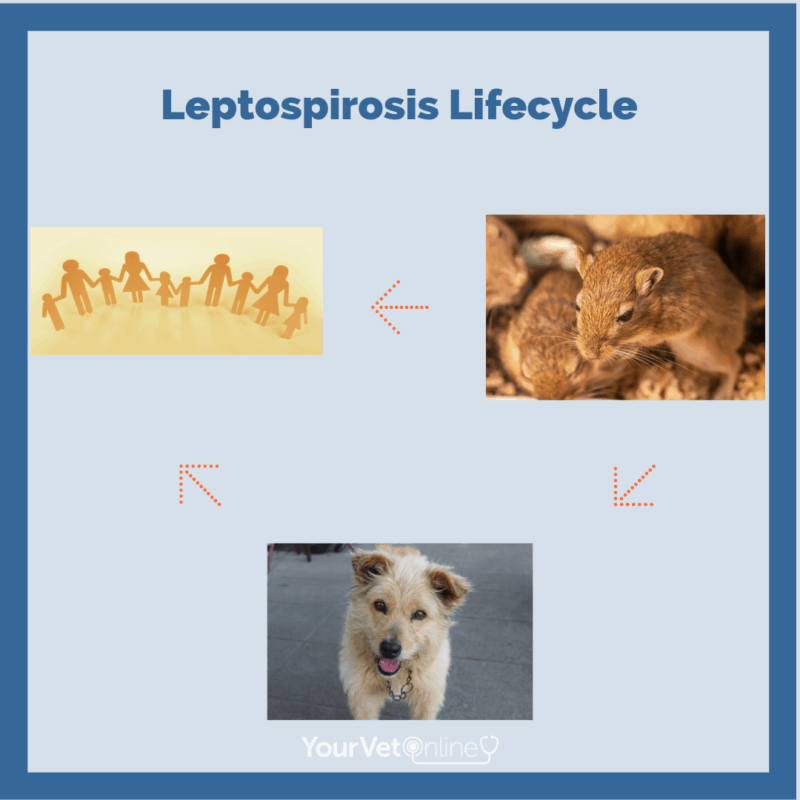
It is interesting that the World Health Organization has recognised leptospirosis disease as an emerging communicable disease that requires active surveillance.
This means that all diagnosed cases must be reported to your local government agency.
The main Leptospira serovars in Australia that we are concerned about are Copenhageni and Australis.
In New Zealand antibodies to Copenhageni, Pomona, Hardjo and Ballum have been identified.
The epidemiology and clinical syndromes present in other countries may not be the same for Australia or New Zealand.
Each Leptospira serovar has different maintenance hosts and accidental hosts and optimum environmental conditions will differ.
The information in this article is predominantly concerned with the serovar Copenhageni.
How Do Dogs Get Lepto?
The vast majority of time exposure to Lepto is accidental, although outbreaks among dogs are often associated with warm temperatures, an increase in slow-moving or stagnant water and following periods of high rainfall.
When we look at how dogs get leptospira we need to understand the lifecycle.
In Australia, the maintenance host of serovar Copenhageni is the domestic rat whereas the serovar Australis is carried by the rat and some native marsupials.
Dogs can catch Lepto either directly or indirectly:
Direct Exposure
- via rat urine – into mouth, eyes or wounds
- via bite wounds from rats
- via ingestion of infected rats
Indirect Exposure
- contaminated water,
- contaminated food
- contaminated soil
- contaminated bedding.
With the right environmental conditions, Leptospires can remain viable in moist soil for several months.
Leptospirosis has been diagnosed in dogs who live in all regions of Australia and sadly the incidence of infection is getting higher.
While it has commonly been assumed that Leptospirosis was mainly a concern for our rural friends, it is becoming increasingly urban in its footprint.
The main reason being, the rat population.
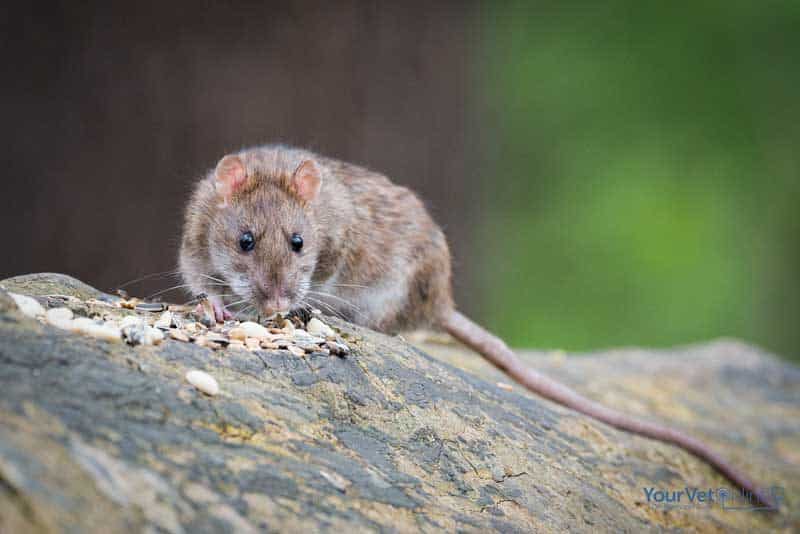
The rat population is a source of Leptospira for dogs.
What Signs Do We See In Dogs With Leptospirosis?
The signs that a dog who is infected with leptospira may show are very non-specific.
Common signs include:
- fever,
- lethargy,
- anorexia,
- depression,
- vomiting, diarrhoea,
- muscle pain,
- liver disease,
- jaundice,
- and kidney failure,
- conjunctivitis, uveitis,
- abdominal pain.
For any dog that has been diagnosed with azotaemia and/or hepatobiliary disease that has been in contact with farmed livestock and/or rodents, we need to consider leptospirosis as a cause.
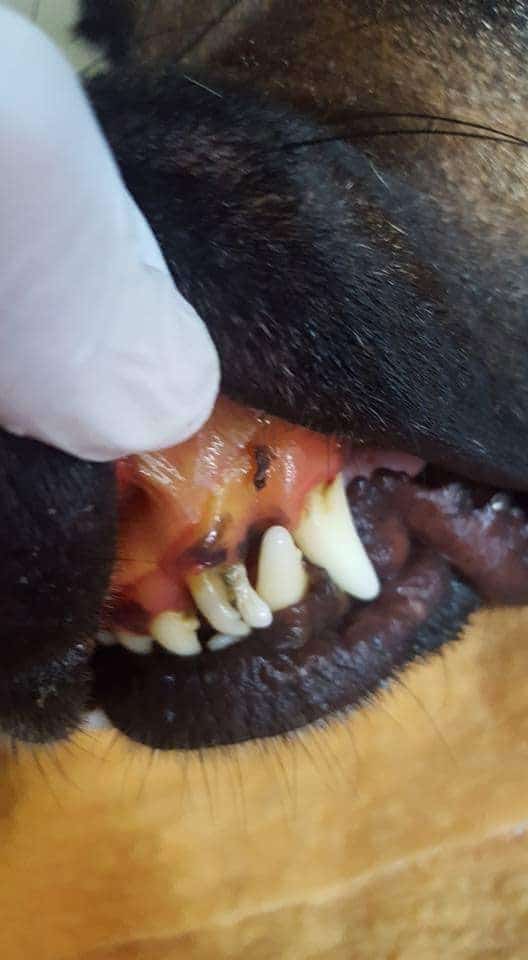
The yellow appearance of the gums of this dog’s mouth is a sign of jaundice caused by liver failure.
How Is Leptospirosis Diagnosed?
Diagnosis of leptospirosis is very difficult with no perfect test available.
This doesn’t mean that treatment can’t be started immediately, it just means it may take a while before the vet is able to determine the cause of the signs the dog is showing.
Many of the tests have problems with respect to sensitivity, specificity, and repeatability. The timing of the test is important.
The test that most vets will likely utilise is the real-time polymerase chain reaction (PCR) test. This is test is able to detect the presence of leptospires in blood and urine.
How To Protect Your Dog From Getting Leptospirosis?
As always, protection is better than cure.
Here are some ways that you can help protect your dog:
Control and avoid rodent populations
- This means keeping your property clear from rubbish and habitats that encourage rats to reside and reproduce.
- Using bait stations to kill rats (be mindful that your dog or any other dog cannot access these).
- Ask your council to monitor parks and other areas that have a build-up of rubbish. This may mean more frequent rubbish disposal.
Vaccinate at-risk dogs against leptospirosis
- Dogs that live on farms
- Dogs used for hunting
- Dogs that have access to areas where there is a lot of rubbish or still water known to be a habitat for rats
- Dogs that live in areas where leptospirosis is dogs has been previously diagnosed.
Be careful where you let your dog drink, feed
- Provide clean, fresh tap water for your dog when you are out and about
- Avoid letting your dog drink from stagnant ponds and puddles
- Feed your dog off the ground in areas where rats may be living
Let’s also not forget basic hygiene for ourselves.
- Make sure we are washing our hands and food that we pick from the garden. And ensuring that we assist children to do this too.
Leptospirosis vaccination is not part of the core vaccination program for many regions in Australia as it is in New Zealand. It is highly likely that this may change.
When deciding whether you should vaccinate your dog, it’s best to always talk with your veterinarian and find out the status of leptospirosis in the area where you live.
Tell us below in the comments, have you vaccinated your dog against leptospirosis?

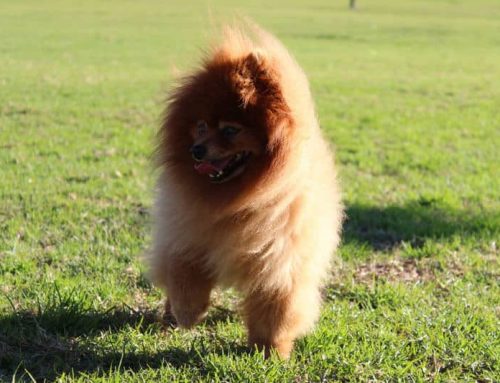

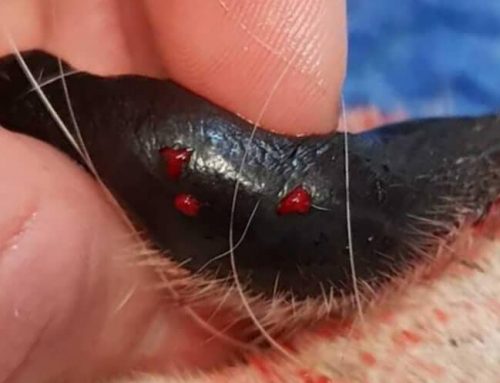
Leave A Comment